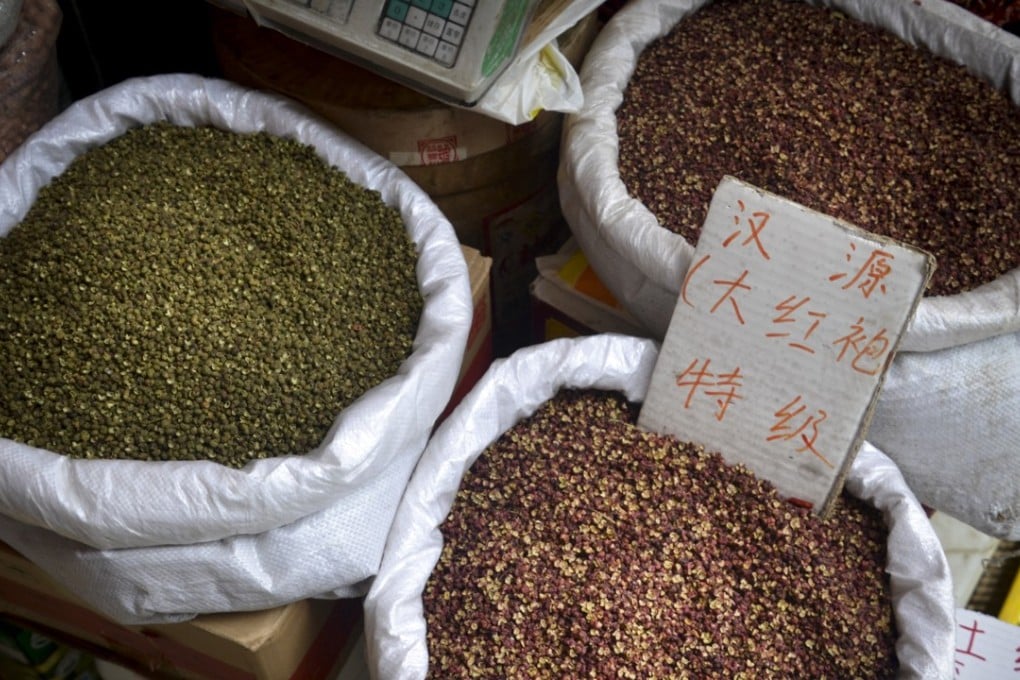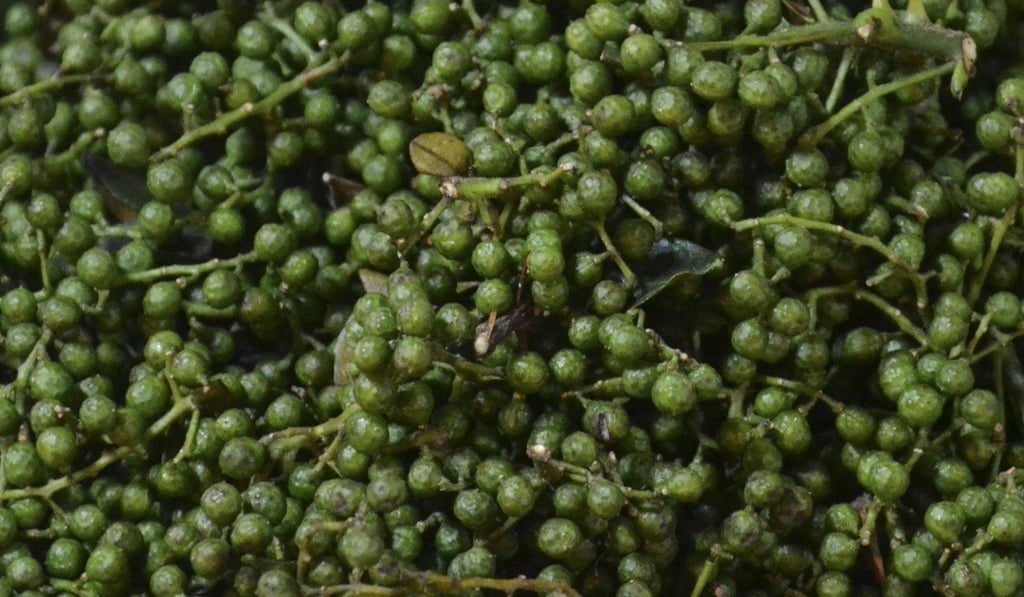Sichuan peppercorns revealed: why they are numbing and the best places in Chengdu to get them
Travelling through China’s southwest province, we uncover the truth behind this extraordinary ingredient (it’s actually a berry), and search Chengdu for the ultimate in ma la

One of the countless extraordinary ingredients and spices indigenous to China, hua jiao, or Sichuan peppercorn has become a favourite. from the hipster enclaves of Brooklyn and Shoreditch to Michelin-starred restaurants and domestic kitchens the world over, they’ve become a must-have ingredient for their famously numbing properties, believed to be caused by the molecule, hydroxy-alpha sanshool.
Culinary scientist Harold McGee gives an evocative description of the peppercorns’ effect in his book, On Food and Cooking. “They produce a strange, tingling, buzzing, numbing sensation that is something like the effect of carbonated drinks or of a mild electric current (touching the terminals of a nine-volt battery to the tongue).”
My trip to Sichuan province’s capital Chengdu, which included a visit to a hua jiao producing village a couple of hundred kilometres to the city’s east, revealed their story.

While hua jiao is indigenous to Sichuan, it’s also grown in northern provinces including Shanxi and Shandong.
Hua jiao are actually citrus berries – not peppercorns – the fruit of the prickly ash tree. As such, they were banned by the US Food and Drug Administration until 2005 for fear that they bore citrus canker that could affect the nation’s vast citrus industry.
Its name translates as “flower pepper” – from its appearance when dried. There are red and green peppercorns. It’s a common misconception that the red and green types are the same berry at different stages of maturity. In fact, their molecular structures are different as are the numbing quality, aroma and taste.